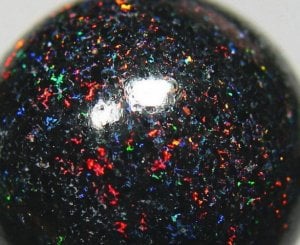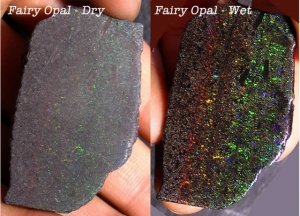iLander
Ideal_Rock
- Joined
- May 23, 2010
- Messages
- 6,731
I saw this on ebay,
http://www.ebay.com/itm/FLICKERING-COLORS-DRILLED-10mm-SOLID-FAIRY-BOULDER-OPAL-BEAD-/360683072807?pt=LH_DefaultDomain_0&hash=item53fa62ed27
With this weird description:
This solid fairy boulder opal has been mined from the Queensland boulder opal fields and is found above the ironstone layer of the boulder opal. The body of the opal is sandstone which has been treated with inert chemicals (non toxic) which darkens the stone and helps show the natural gem colors that are there. The dark body tone is through the whole opal and not only on the surface. The opal has been stabilized which increases its strength upto 10 times.
So what the heck does that mean? Are they taking random opal bits and putting them in some kind of base? Or what the heck?
Great of them to disclose this treatment (or assembly), and they seem to have other natural opals, but what IS it?
Here's a pic

http://www.ebay.com/itm/FLICKERING-COLORS-DRILLED-10mm-SOLID-FAIRY-BOULDER-OPAL-BEAD-/360683072807?pt=LH_DefaultDomain_0&hash=item53fa62ed27
With this weird description:
This solid fairy boulder opal has been mined from the Queensland boulder opal fields and is found above the ironstone layer of the boulder opal. The body of the opal is sandstone which has been treated with inert chemicals (non toxic) which darkens the stone and helps show the natural gem colors that are there. The dark body tone is through the whole opal and not only on the surface. The opal has been stabilized which increases its strength upto 10 times.
So what the heck does that mean? Are they taking random opal bits and putting them in some kind of base? Or what the heck?
Great of them to disclose this treatment (or assembly), and they seem to have other natural opals, but what IS it?
Here's a pic









300x240.png)